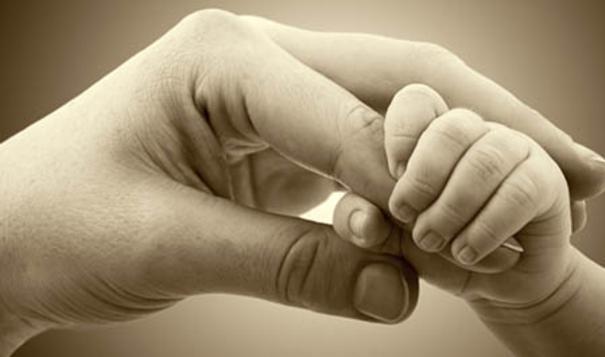-
Additional Findings
posted: Jan. 24, 2019.
Upon review of the literature, there are four research studies that support the importance of strong maternal attachment. The first study was conducted by Affi et al. (2012) and examined Read more -
Substance Use Disorders in Women
posted: Jan. 24, 2019.
Alcoholism and the use of illegal drugs was initially considered to be a man’s disease, but the use of addictive substances now affects at least 4 million American women 18 Read more -
The Importance of Relational Attachment for Women
posted: Jan. 24, 2019.
A child’s first attachment is usually formed with the biological mother at a very young age; thus, the level of attachment can have an influence on an individual who is Read more -
Theory of Substance Use as a Disorder of Attachment
posted: Jan. 24, 2019.
According to Flores (2012), evidence shows that prolonged SU can alter brain functioning, making many individuals unable to control their use of drugs and/or alcohol once they begin. For some, Read more -
Substance Use Disorders
posted: Jan. 24, 2019.
The DSM-5 diagnostic criteria based an SUD diagnosis on evidence of diminished control, social impairment, and problematic use of alcohol and/or illicit drugs (American Psychiatric Association, 2013). The diagnosis of Read more -
Attachment and Emotion Regulation
posted: Jan. 24, 2019.
Bowlby was unequivocal in his theory that dissimilarities in the level of attachment security between infant and mother could have long lasting implications in later adulthood, specifically regarding intimate relationships, Read more -
Adult Attachment Styles
posted: Jan. 24, 2019.
Adult attachment styles are important because styles first developed during infancy remain stable and consistent over time and are eventually carried into adulthood (Golder et al., 2010). Manson (2014) described Read more -
Adult Attachment
posted: Jan. 24, 2019.
Empirical research on adult attachment is grounded on the theory that the attachment system formed between the mother and child is responsible for the attachment bond that eventually develops between Read more -
Persistence of Attachment Styles
posted: Jan. 24, 2019.
Each style of attachment, once developed, tends to persist (R. Bowlby, 2008). R. Bowlby (2008) reported that one reason for this persistence is that the way a parent treats a Read more -
Conditions That Determine Attachment Styles In Children
posted: Jan. 24, 2019.
Today there is empirical evidence that the style of attachment an individual adopts during infancy, childhood, adolescence, and into adulthood is largely influenced by the biological mother (Zepf, 2011). Ainsworth Read more -
The Importance of A Secure Base
posted: Jan. 24, 2019.
According to Fonagy (2011), secure attachment is expected to be beneficial in terms of a range of cognitive and social competences. For example, when the fear system is activated by Read more -
Internal Working Models
posted: Jan. 24, 2019.
Bowlby introduced the theory of internal working models of social relationships from the work of philosopher Kenneth Craik (Zepf, 2011). Craik identified the ability of thought to predict events (Zepf, Read more -
Grief, Separation, and Loss
posted: Feb. 01, 2018.
In his publication titled Grief, Separation, and Loss (1960), Bowlby revised Freud’s theory of signal anxiety and presented a modern application of Freud’s motivational theories (Bowlby, 2005). Bowlby’s contribution focused Read more -
Attachment Theory
posted: Jan. 04, 2018.
 Attachment theory is an ethological approach that emphasizes the emotional tie and the maternal bond between child and caregiver (Bowlby, 1958). Attachment theory has evolved into a useful framework for
Read more
Attachment theory is an ethological approach that emphasizes the emotional tie and the maternal bond between child and caregiver (Bowlby, 1958). Attachment theory has evolved into a useful framework for
Read more
-
The Importance of Early Attachment
posted: Dec. 11, 2017.
 According to a large number of psychoanalytical theorists, an individual’s initial relationship is the template that helps construct the attachment style of safety in relationships and enduring emotional closeness (Bowlby,
Read more
According to a large number of psychoanalytical theorists, an individual’s initial relationship is the template that helps construct the attachment style of safety in relationships and enduring emotional closeness (Bowlby,
Read more
Please feel free to contact me!
Find me on the map
Office Hours
Melanie Burton, Ed.d, LCSW, LADC
Monday:
10:00 am-3:00 pm
Tuesday:
10:00 am-6:00 pm
Wednesday:
10:00 am-6:00 pm
Thursday:
10:00 am-5:00 pm
Friday:
10:00 am-5:00 pm
Saturday:
Closed
Sunday:
Closed
